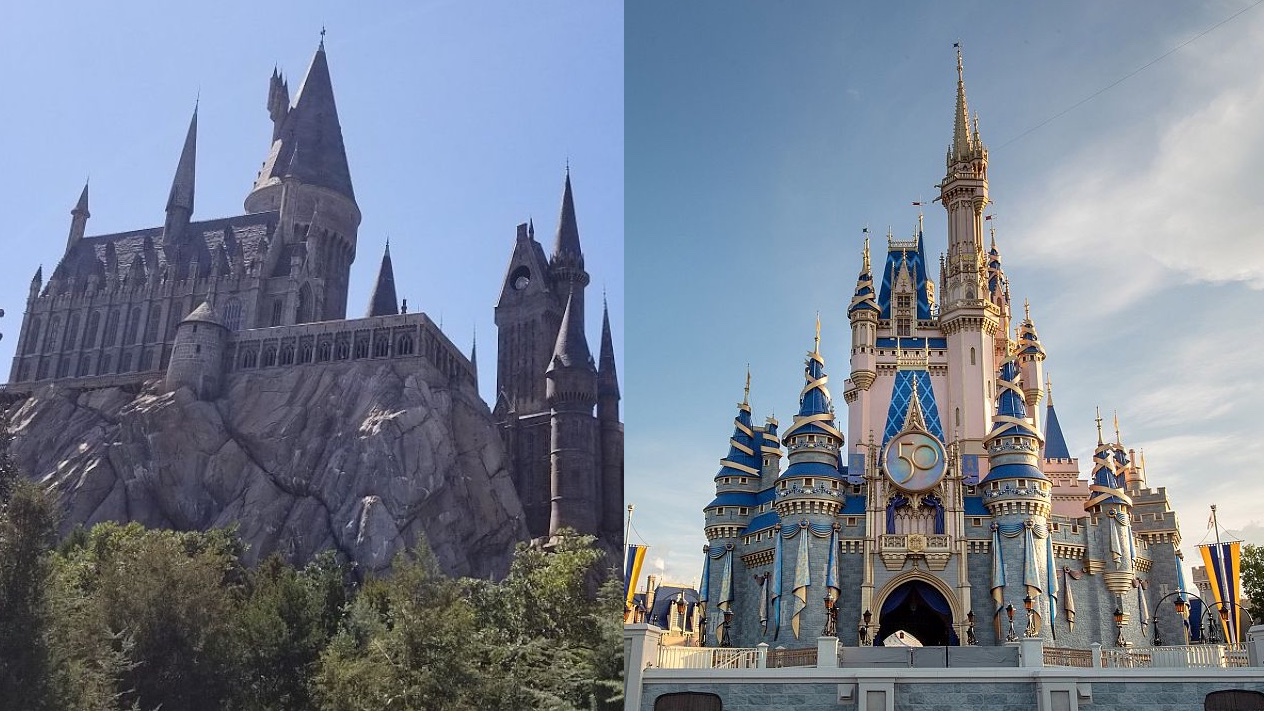"It is not the critic who counts: not the man who points out how the strong man stumbles or where the doer of deeds could have done better. The credit belongs to the man who is actually in the arena…” - Theodore Roosevelt
Armed with a mission, determination, an unflappable sense of humor, and apt quotes like the one above, the nearly seventy year old Burt Munro set out from his quiet home of Invercargill, New Zealand in search of a world land speed record. The World's Fastest Indian veers quietly in places from the real life story but the more renowned elements are true to form and the excitement and energy of Munro’s journey create the feeling of a modern legend.
For over forty years Munro tinkered with his old Indian Scout motorcycle (that’s right, the movie isn’t about an American Indian although there is one in the story) slowly molding and crafting it into a brilliantly designed, jury-rigged piece of racing machinery. With no suitable place to test the limits of his motorcycle or the proper means to clock the bike’s speed, he had long set his sights on racing his Indian at the world renowned Speed Week. An event held at the salt flats of Bonneville, Utah, Speed Week was the place where the fastest of the fast went to test the latest technology and break world records. In the late 1960’s Munro finally got his chance and with his bike in tow and his life savings in his pocket he struck out to achieve the impossible.
The World's Fastest Indian is as much about Munro’s effort to reach Utah as it is about his attempt to break the world land speed record once he arrives. His expedition is fraught with a ferocious fragility, the kind that keeps you engaged and amazed even if you think you know how things are going to turn out. At times the story seems to wander a bit, but every moment is carefully laid out and comes full circle by the movie’s conclusion. The exhilaration of Munro’s salt flats racing is undeniable. For the first time in a long while I actually found myself gripping the arm rests on my seat.
The real surprise in the film is its omnipresent yet subtle comedy. There’s an unassuming, singular wit to Burt Munro and everyone around him feels it. Rarely did five minutes pass without a good laugh, but not all of them came from Munro. The story serves as a nostalgic snap shot of 1960’s America and that in itself is rather funny, sort of like finding long lost pictures from that decade and marveling at how different things were then. Filmed with a graininess that mimics the movies of the sixties, you’re handed a constant unconscious reminder of just how long ago these events took place, an important thing to remember in Munro’s story.
Anthony Hopkin’s portrayal of Burt Munro is exceptional. As Hopkins has merged into the later years of his own life, he’s managed to elegantly find role after role that challenges his acting skill without denying or questioning his age (the recent exception being Alexander but I like to pretend that role never happened). Like Munro, he seems to acknowledge that he’s no longer a young man, but that doesn’t mean he can be written off. In my opinion, if Heath Ledger deserves an Oscar nomination for his work in Brokeback Mountain, Hopkins has earned no less here.
This quiet little film was written and directed by Roger Donaldson, the same guy who brought us the likes of Cocktail and Dante’s Peak. Never mind that he has also cast Paul Walker to star in his next movie about the later years of Ernest Hemingway, he receives full pardon in advance for the masterpiece he has created in The World’s Fastest Indian. It’s a winning bit of original filmmaking and a welcome relief from the onslaught of feel-good Disney “based on a true story” sports flicks that have begun to wear out their welcome in the last few years.
Your Daily Blend of Entertainment News

